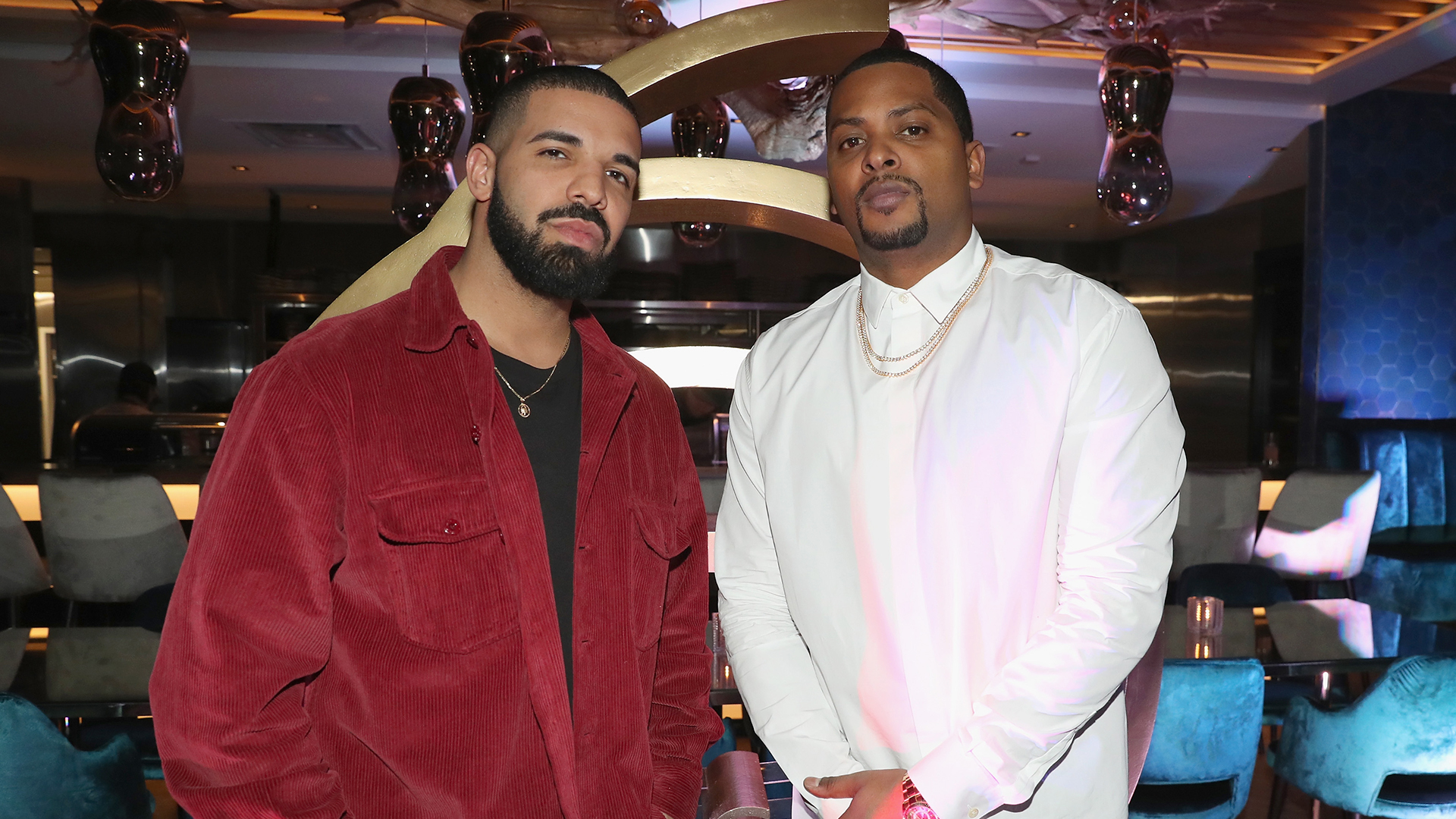
Drake Reacts to Chubbs Saying ‘We Don’t Ban N****z We Welcome Them With Open Arms’




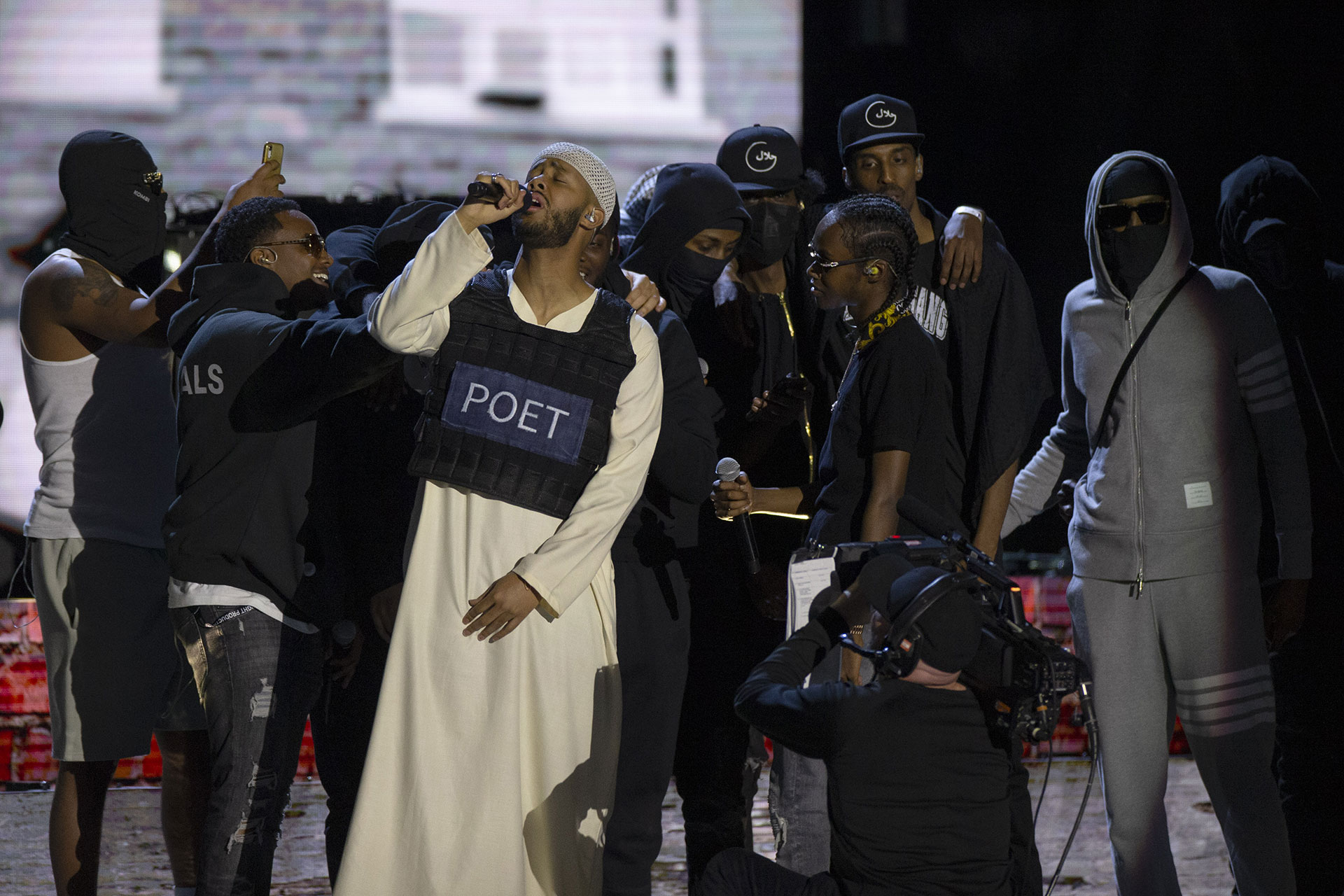

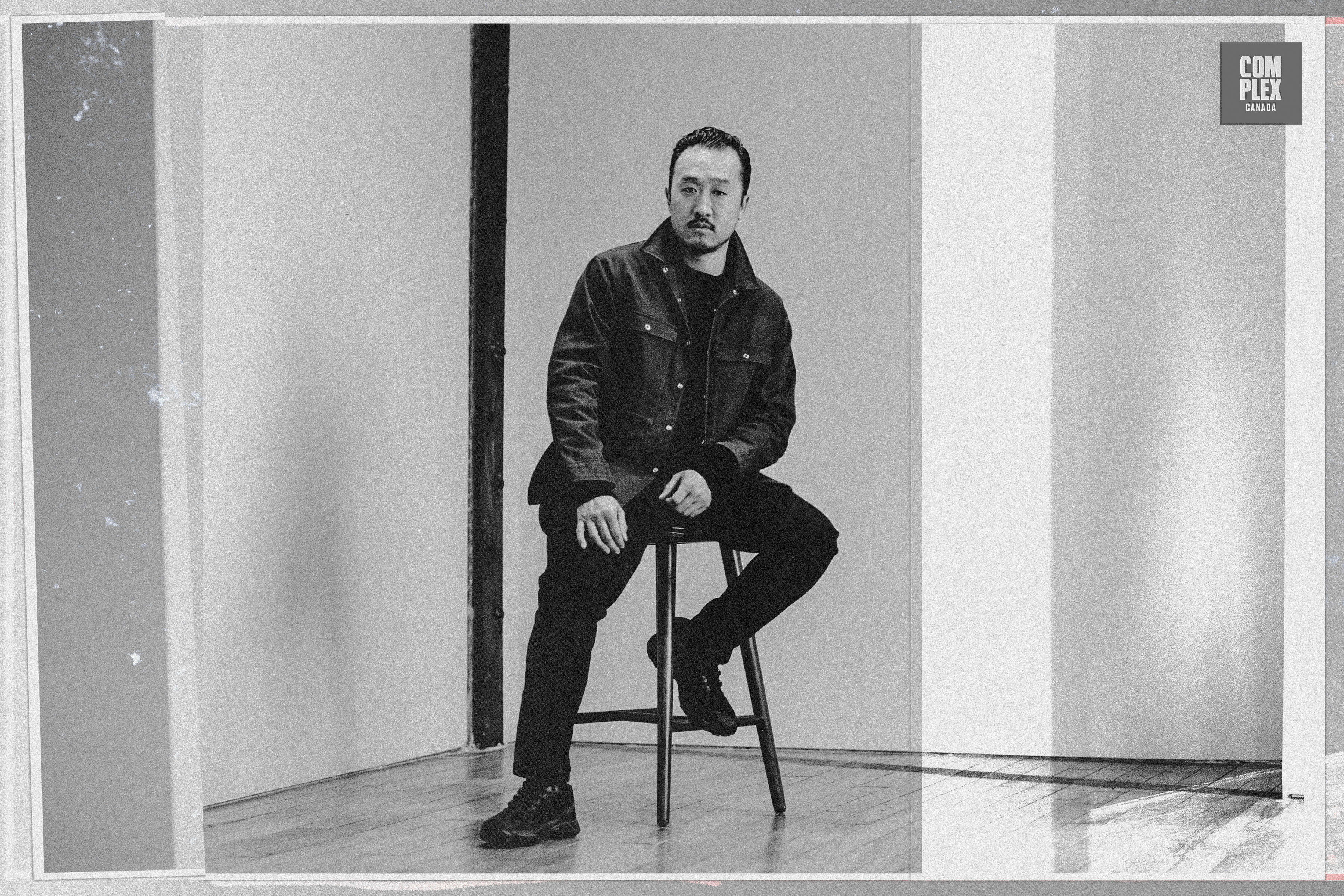
Based in Toronto and the photographer of choice for some of the biggest artists in town, Wong aspires, he says, to be “a part of the cultural fabric of the city,” a chronicler of a unique—and uniquely important—time and place. For him, it’s all about capturing what’s going on. And what’s going on right now is amazing. “Toronto has become a cultural hub for the world, like London in the 1960s,” he says. “I want to tell that story—but not my own story. I don’t like the spotlight much. I prefer to be slightly invisible.” There’s so much happening here, in sports, in the arts, in fashion, in music. Wong is right there to shoot it.
“I’ve been blessed with making so many incredible connections with so many artists in this city and it really has made Toronto world-class over the past decade,” he explains. “Toronto has this insecurity about itself. It’s hated across the country and it’s small compared to other major world cities. The music we export has helped with that confidence immensely.”
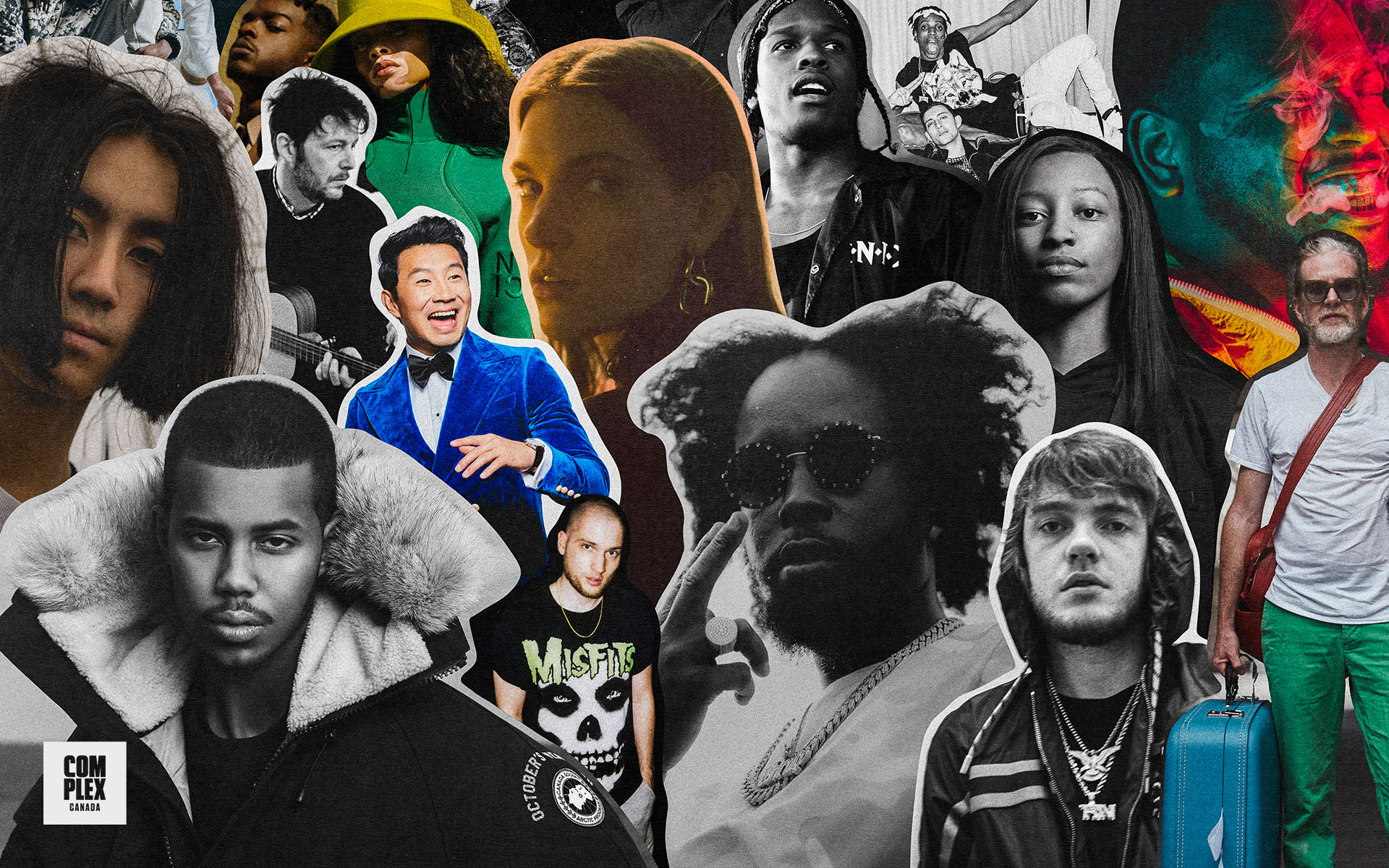
When I got on the phone with Wong, on a recent Friday afternoon, the first thing he wanted to talk about was movies. He knew I sometimes worked as a film critic; did I like the French New Wave and Eric Rohmer, and the Korean filmmaker Hong Sang-soo? It begged the question: If Wong was such an avid cinephile, why wasn’t he making films? “Originally I always wanted to get into filmmaking, but I purposely turned away from it,” he says. “Photography as a life is better-suited to my personality. If I’m making movies, I’d be sitting on my ass all day trying to write, and I’m a terrible, terrible writer. I’m not Ang Lee. So instead I gave up filmmaking and did photography—although recently I have started dipping my toes into some directing.”
Wong came up as a photographer in the early to mid 2000s, and from the start his career, he explains, “was all about indie rock.” Toronto, at the time, was in the middle of an indie rock boom: Feist, Metric, and Broken Social Scene, among others, were blowing up like crazy, and Wong managed to get in on the ground floor, following bands around “like the kid from Almost Famous,” as he puts it. “The first thing I ever did as a photographer professionally was the Live 8 benefit,” he remembers. By his own admission “not a music nerd,” he was bewildered to find himself on stage shooting the likes of Motley Crue and Neil Young. He laughs to think of it now. “It was pretty fucked.”
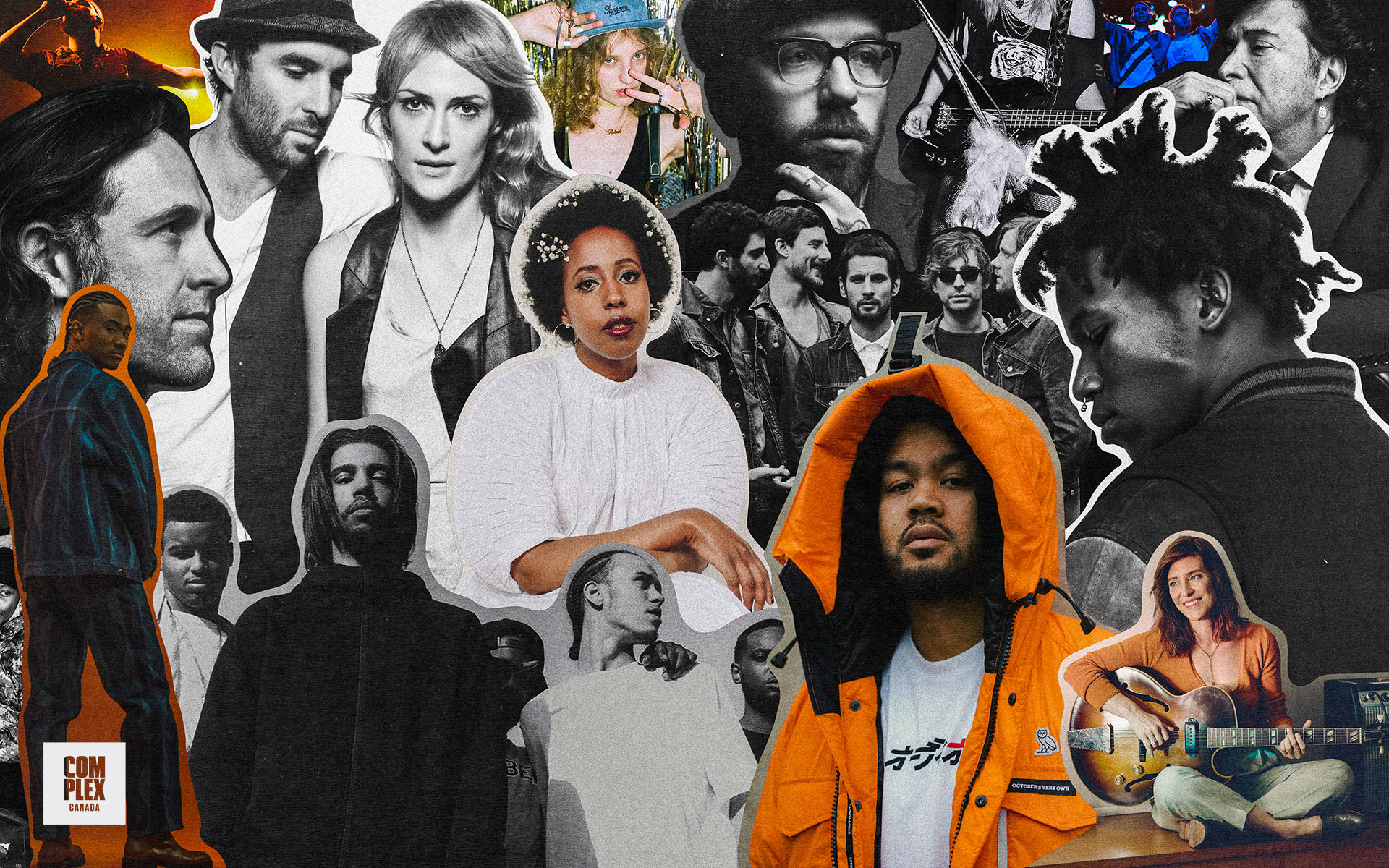
In 2011, a friend of Norman’s, the cinematographer Anthony Von Seck, was working on a project on behalf of Drake, which Drake himself had commissioned on the strength of a doc Seck had made about boxing. The project ultimately never came to fruition, but Seck brought Wong on for a while as the official on-set still photographer. “That was how I met Oliver and 40 and all those guys,” he explains. “But I didn’t see them for a long time after that.” Still, it would turn out to be a pivotal moment in his career. And it wouldn’t the last Wong would see of the OVO crew.
Years later, Wong produced a short documentary for Vice about the secretive world of suburban street racing in Toronto. Oliver got wind of it, and he admired Wong’s work elsewhere in the Toronto creative community. The result was a monumental opportunity: he invited Wong to shoot Drake for what would become the instantly iconic cover art for Drake’s album Scorpion. The moody, high-contrast black-and-white photo has emerged as one of the most striking hip-hop album covers in recent memory—truly an indelible image. And as celebrity portraiture goes, it doesn’t really get any bigger.
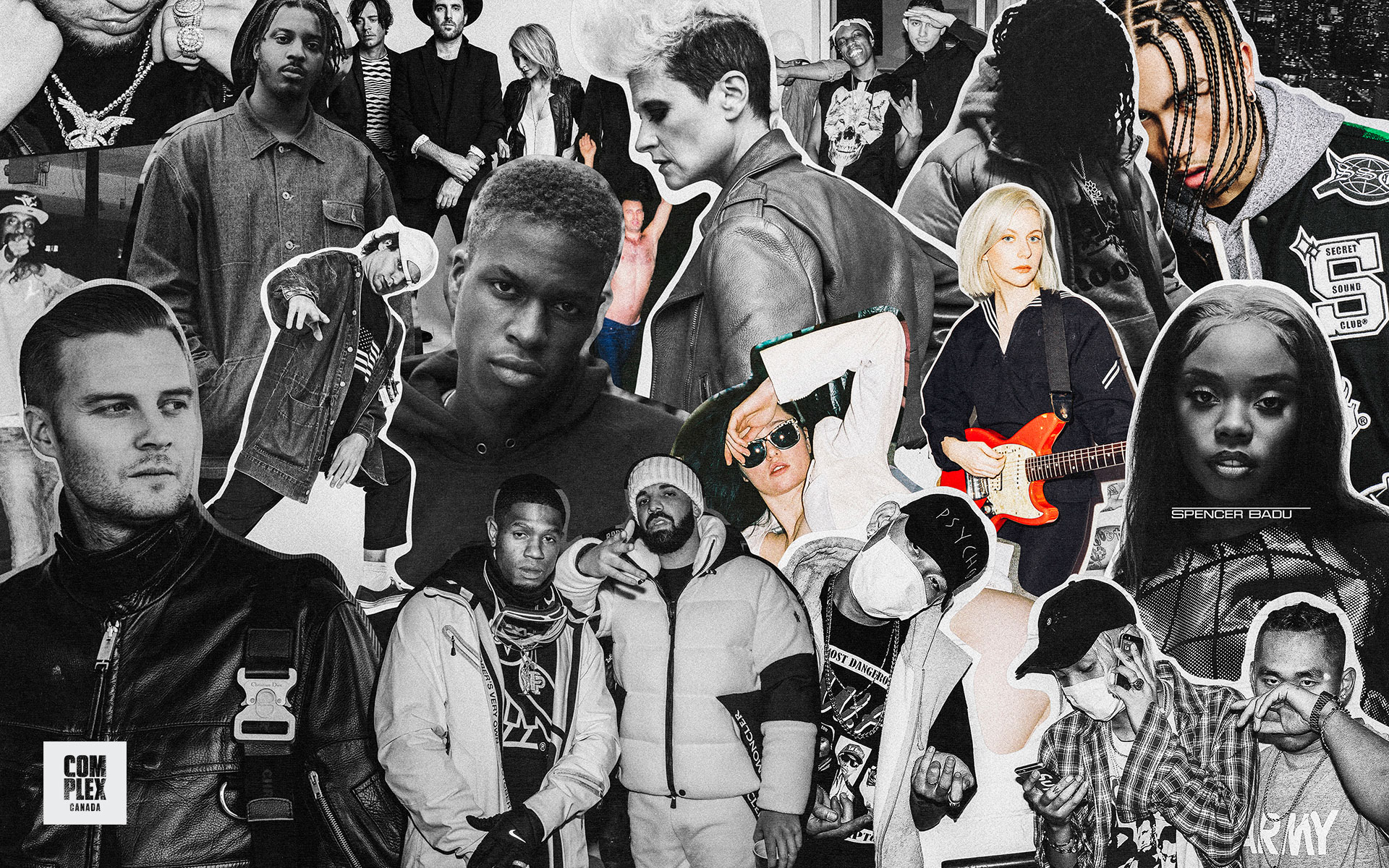
What was the impact of shooting a Drake album cover? To hear Wong tell it, not much. “It’s funny, because I thought at the time, you shoot a Drake album cover and things will be crazy, but it wasn’t like that,” he says. “It was nothing. It was just chill.” What was important was the professional relationship that was established. Wong is in deep with the OVO crew today: He’s traveled to Tokyo for OVO events, worked closely with OVO Sound’s Majid Jordan since the beginning of their career.
“It was the diversity that stood out to me,” Wong says about working with the duo. “That crew was the most diverse team I’ve worked with and that truly felt like Toronto to me. It was exciting to work with those guys right when I felt Toronto really hit a cord in terms of its sound. I think Drake’s album Views really captured that moment. Summer 2016 was a great moment for Toronto music and it felt like OVO was a good reason for that.”

More recently, Wong shot the Nocta campaign for Drake’s new line of streetwear with Nike. As for the man himself, he’s quick to point out that while they work together well, they’re not exactly close. “It’s not like I’m best friends with him,” he says.
Canada’s music scene has certainly undergone quite a metamorphosis over the last two decades. In the early aughts, sprawling indie-rock collectives defined the sounds of major Canadian cities. Now, hip-hop and R&B do. Wong has been there to capture it all. “It’s wild to have been so involved with the music scene on polar opposite ends of the spectrum,” he says. “From organic lattes and bicycles to Hennessy and Bugattis—it’s been an incredible journey to be a part of. To see what those artists did to open doors and inspire everyone around them is incredible to watch.”
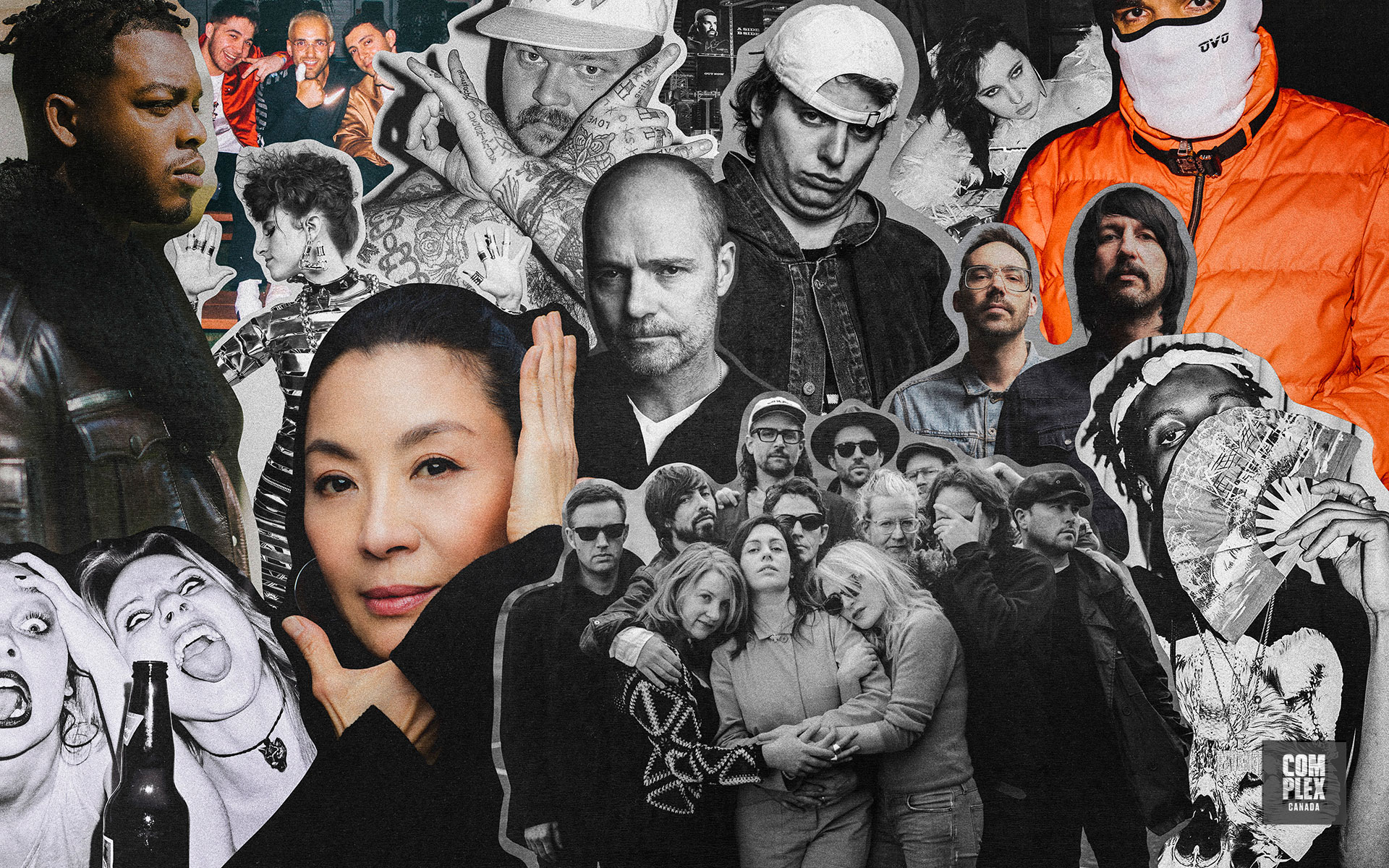
Though he’s primarily based in Toronto, Wong has helped capture the scenes in other parts of the country as well. He’s especially had his eyes locked on the 514. “Toronto and Montreal are like musical siblings. Different sounds and feelings, but they’re both world class music hubs,” he says. There’s one artist he’s been watching in particular. “I really feel like Skiifall from Montreal will be making a very big wave. What he is doing now is only the beginning. I’m excited to see what he produces in the coming years.”
Wong’s work continues to be ubiquitous. He’s still shooting celebs, from Kevin Hart to Snoop Dogg to Twitter founder Jack Dorsey. But doing a little bit of everything is the only way Wong knows how to do it. “In Europe, you get these photographers with a clear vision and voice, and I envy that,” he says. “I never have a game plan. I never know exactly where I’m going to be. I find I have to be kind of a chameleon.” The ethos has certainly made Wong versatile—and has made it as likely for his work to be plastered across a billboard as to be featured in a serious gallery. The diversity of styles is what’s made him so ubiquitous Toronto- and Canada-wide. “I’ve come across so many situations,” he says. “And I can facilitate whatever the situation is.”
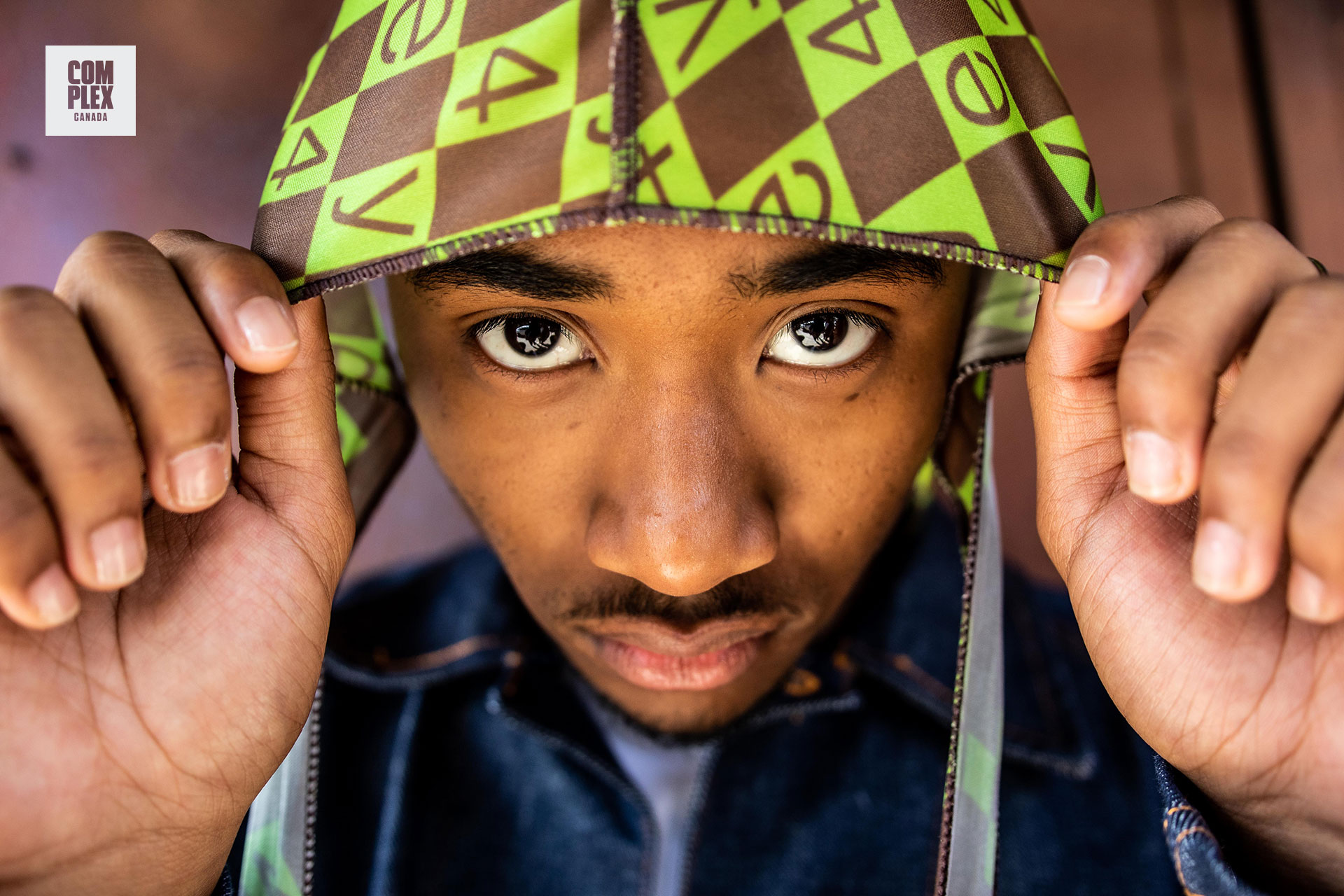

So, like any good hero’s journey, Sinclair departed from the world he knew. He left the comforts of his Filipino-Guyanese family’s home in Thornhill, Ontario and set forth for Toronto. It wouldn’t take him long to find some fresh source material. His new EP, aptly titled No Longer in the Suburbs, details all the freedoms, temptations, and torments that come with making your own way while being on the cusp of fame and fortune. “It’s about finding that extra stimulation and figuring out what it means to find myself,” he says.
Spanning eight confessional, meditative R&B tracks, the new EP is a sonic bildungsroman, hearing Sinclair work through the moral trials he faces as he enters manhood and gains prominence. At its heart is a tension between the familiar and the foreign. On slow-melting lead single “Suppress,” he grapples with his desire to stay in a committed relationship while ascending to stardom, lamenting about “wanting to be a much better boyfriend” in the velvety, internal temperature-raising voice that’s gotten him this far.
“A lot of the songs are about my girlfriend, who, a couple months into me moving into the city, we got together,” he says. “I’m just trying to navigate that, especially while I’m gaining a little bit of attention with my music. Is this what I want? You don’t see it too often. People advise against what I’m doing when I say that [I’m] in a relationship. I’m trying to remain at peace with myself, but also achieve the goals I want to achieve and still have this person in my life… I still have my values amidst all of the things that are going on around me.”
“There’s Danny [Caesar] and me, but there’s also Norwill Simmonds and Kevin Sinclair. They’re, like, very good singers. That’s where all of our vocal skill comes from.”
No Longer in the Suburbs is about Sinclair’s fight to remain grounded while everything in his orbit changes. One way he stays level-headed is by keeping his Day 1s close. His roommate in Toronto is his good friend and working partner Zach Simmonds, who co-produced half the tracks on the new EP and sang backups on “Too Soon?” Fun fact: Zach also happens to be Canadian R&B star Daniel Caesar’s younger brother. Notable, considering Sinclair often gets compared to Caesar.
Even funner fact: “Our dads have an album together,” Sinclair chuckles. He’s not kidding. “There’s Danny and me, but there’s also Norwill Simmonds and Kevin Sinclair. They’re, like, very good singers. That’s where all of our vocal skill comes from, I would say.”

The Sinclair and Simmonds families grew tight years ago as members of the Seventh-Day Adventist Church. At masses, Dylan’s father Kevin and Daniel and Zach’s father Norwill would often bring the house down with their arresting vocals. Around 2001, they recorded and released a collaborative gospel album. Good luck finding this hidden CanCon gem on streaming services. “I don’t even remember the name of it. That needs a proper release, like actually,” Sinclair says of the project, which dropped the year he and Zach were born. “I love when we get together for barbecues sometimes at Danny’s place, with all of the family together. It’s so cool seeing our dads interact, knowing what we’re trying to do now. That’s where we got that gospel influence for sure.”
Dylan is, in many ways, a product of his environment. Like Caesar, he honed his voice over many years of singing with his family at church, joining the choir at just four years old. Besides his dad, who’s Guyanese, being an obvious influence, he credits his Filipino grandpa, from his mom’s side, for encouraging his development. “My lolo played a lot of guitar and piano every Saturday morning. [One day] he was practicing for church and I was just singing along with him. He was like, ‘Yo, I think you should come on stage and duet with me.’” The eventual performance marked his first taste of the spotlight.

Music was always a family affair for Dylan. A communal experience coming from a pure place. Like most Filipino households, the Sinclairs got a ton of mileage out of their karaoke machine. “We did a lot of karaoke growing up, actually,” he laughs. “I ended up liking a lot of very sing-along songs. Because Filipinos love to sing, a lot of the music that was played growing up were songs you can sing along to.” It’s had a lasting effect. “Even when I approach my music now, I try to write melodies you can sing back. I want the live show to be like a big karaoke session. [Laughs.]”
“I want to make classics, not just hits.”
You can hear this on his 2018 debut EP Red Like Crimson, a pacifying collection of gospel-inspired R&B jams. His voice sounds seasoned and soulful, his melodies reminiscent of a time when men pleaded with their lovers by belting ballads in the rain. Sinclair admits his style early on was inspired by Caesar, who in an era of Toronto music dominated by nocturnal, Auto-Tuned R&B, showed him it was possible to find success singing stripped-back songs brimming with love and light. After being tipped to Dylan’s work by Zach, even Caesar himself was impressed with what he heard. He showed the songs to his Golden Child Records producers Jordan Evans and Matthew Burnett, who quickly became fans. The three of them would attend a “little showcase” Sinclair held for his EP—along with over 200 other people, all led there through word of mouth and social media posts.

The hype surrounding the event caught the attention of Jordon Manswell, who’s produced for Caesar, as well as Chris Brown and Mariah Carey. He messaged Sinclair directly, offering to work with him. “The chemistry was like [snaps fingers] instant. It just worked right away,” recalls Sinclair. “It was a couple of songs and then we had ‘Home’”—his breakthrough single. Manswell would go on to executive produce Proverb.
Sinclair’s Juno-nominated album had clear gospel influences and nods to Caesar and Frank Ocean. No Longer in the Suburbs, though, is the sound of the young artist venturing not just out of his cul-de-sac, but off the map. The inspirations here are harder to pinpoint, the atmospheres more unearthly, as Sinclair finds a voice that’s singularly his own. “Open,” produced by Manswell, has him gliding over a playful, shuffling beat and plunking guitar line as he tries to convince his girl he’s not the player type. But on “Lifetime,” anchored by stirring strings and acoustic guitar, he sounds less certain: “I hope I don’t change with the wind,” he sings in a whispered falsetto.
How sure is anyone of themself at 20, really? Sinclair admits he’s still “figuring things out” as he enters adulthood, but he’s spent a lot of time thinking about the type of man he wants to be. He’s got a value system, and like an R&B Luke Skywalker, he’s determined to not let outside forces sway him. While Caesar wound up leaving the church in his youth, Sinclair’s faith hasn’t wavered. “I definitely have a lock with God that will probably never go away,” he says. “As I grow up, put myself out there, and embrace new experiences, I feel very grounded when I talk to God in the morning.”
On Suburbs, Sinclair displays a knack for compellingly candid storytelling reminiscent of a young Usher (whose Confessions he credits as an influence). Only, unlike Mr. Raymond, he’s resolutely an anti-lothario, doing his best to resist the Dark Side. “If there’s a version of yourself that you really love, you have to figure out, why do I like this person so much? And prioritize it. It has to do with the people around you. It has to do with the space that you’re in,” he says. “I move with the same people. I feel that’s necessary in order to really take your music to a certain level, cause that’s what a lot of the biggest superstars we have now do. At least the ones in our city—XO, OVO, they have their core friend group and they just grow up with them.”

Sinclair knows that to make it in this industry, he’ll need to wander far away from home. But with the right crew around him—his homies, friends from church, his girl—he can feel at home anywhere in the world. Music is still a family thing to him. Sure, time will tell if he can keep that family together—but in the interim, hearing him sing honestly about trying to make it work is nothing short of transfixing. Isn’t that the stuff R&B legends are made of, after all?
He’s thought about that too, by the way. “I’ve been thinking about my legacy since I was like 15,” Sinclair laughs. “It’s matured over the years. I want to make people’s days better with my music and do that for as long as I can. That’s not to say I need to be making albums until the day I die, but I want to make albums that last beyond that. I want to make classics, not just hits. I want to make music that feels better the next year, and just continues to grow on you. I want one of those. Or a couple of those, hopefully.”
In fact, Sinclair’s in the planning stages for one of those right now. He’s been pondering where to record his next album. Another move will likely be necessary. “I’m between Montreal, Hawaii, and Bali. All very different locations,” he snickers. “I just know I want water and a big window. A visual of unknown territory.”
Creative Director / Producer: Alex Narvaez
Photographer: Sid Naidu, Alex Narvaez
Photo Assistant: Millicent Amurao
Production Manager: Jessica Campbell
Production Coordinator: Kylie Laus
Artist Management: Jermayne Clayton, Jordan Manswell
Publicist: Michael Tomczak
